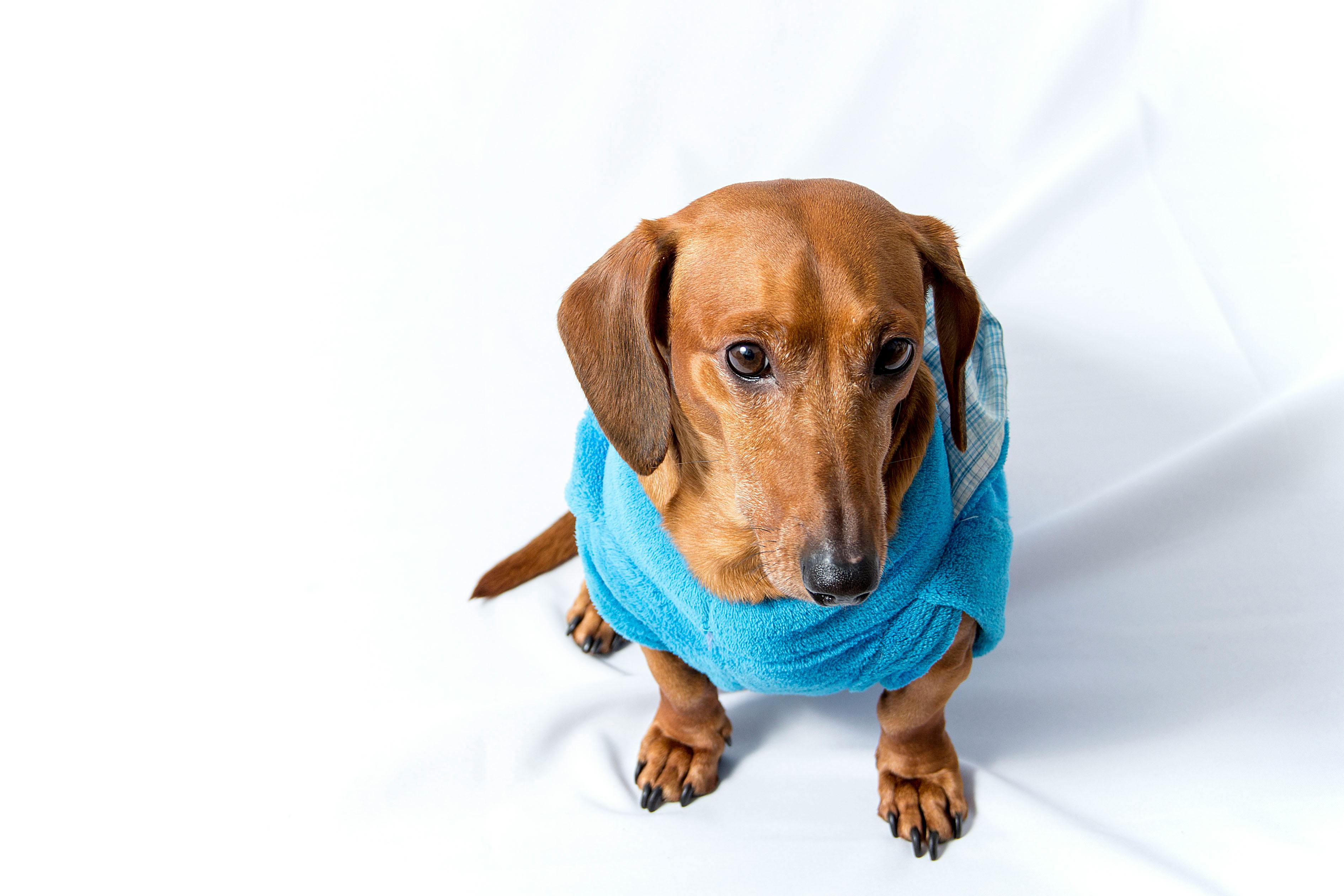
What are cat atopy allergies?
admin
- 0
If your cat is pulling out clumps of fur, over-grooming, has noticeable shedding with sore spots and swollen ears, your cat may have an atopic allergy. This is an allergy that occurs when the animal inhales microscopic particles. Cats are rarely born with this allergy, and it usually develops after a year of life and becomes more severe as the animal ages. Often these allergies are seasonal, just like human atopic allergies. The animal can also show symptoms throughout the year if the cat is very sensitive or something else is giving him an allergy.
Diagnosing an atopic allergy can be very difficult because many cat allergies show very similar symptoms. The first thing to test for should be a food allergy. This can be tested very easily by switching the cat to a hypoallergenic food. If symptoms persist, a food allergy can be ruled out. A vet can run a full test to find out what the cat is really reacting to. A vet can do a skin test or blood test and then refer you for appropriate treatment. Blood tests are used to detect antibodies in the cat’s system. Skin tests are often considered more accurate, but blood tests should be used if the cat is taking other medications.
Immunotherapy is a great treatment option if a cat has allergies. Allergens to which a cat shows a reaction are injected into the cat in increasing amounts, which changes the animal’s immune system. This is generally considered one of the safest ways to treat an atopic allergy.
Shots can also be used. These are very similar to cortisone. However, this type of treatment can show many different side effects. This is because the injections are a kind of hormone. The most common side effects of these injections are lethargy, excessive thirst, excessive appetite, and inflammation of the pancreas. These injections can be done at home if the vet decides to give the owner those options. An injection should be given to the animal every three to six months.
If steroid injections are causing adverse reactions in the cat, antihistamines may be an effective treatment. These treatments should be given twice a day. Fatty acid supplements can also be an effective cure. These work to stop chemicals that irritate the skin by stopping their production.

